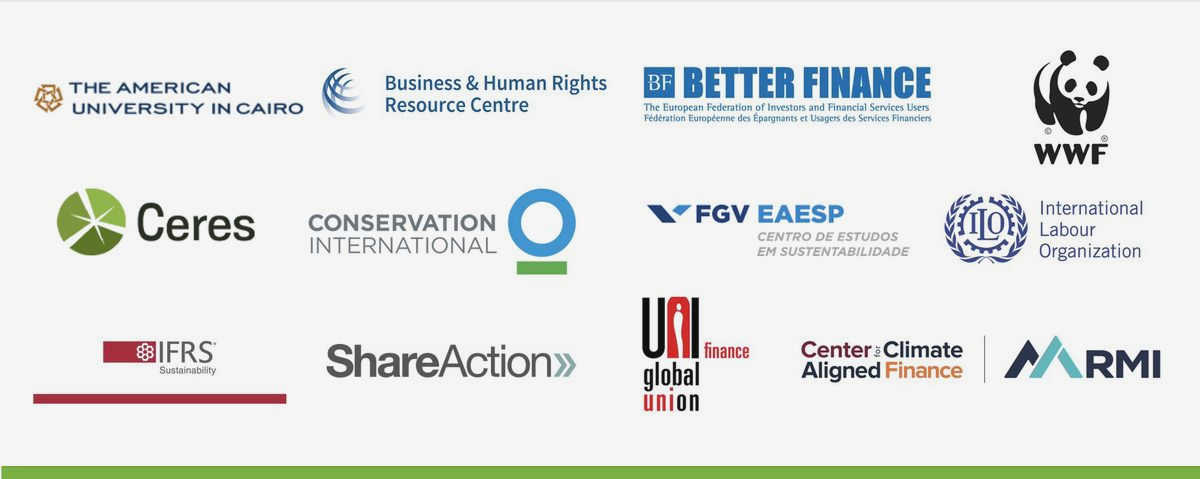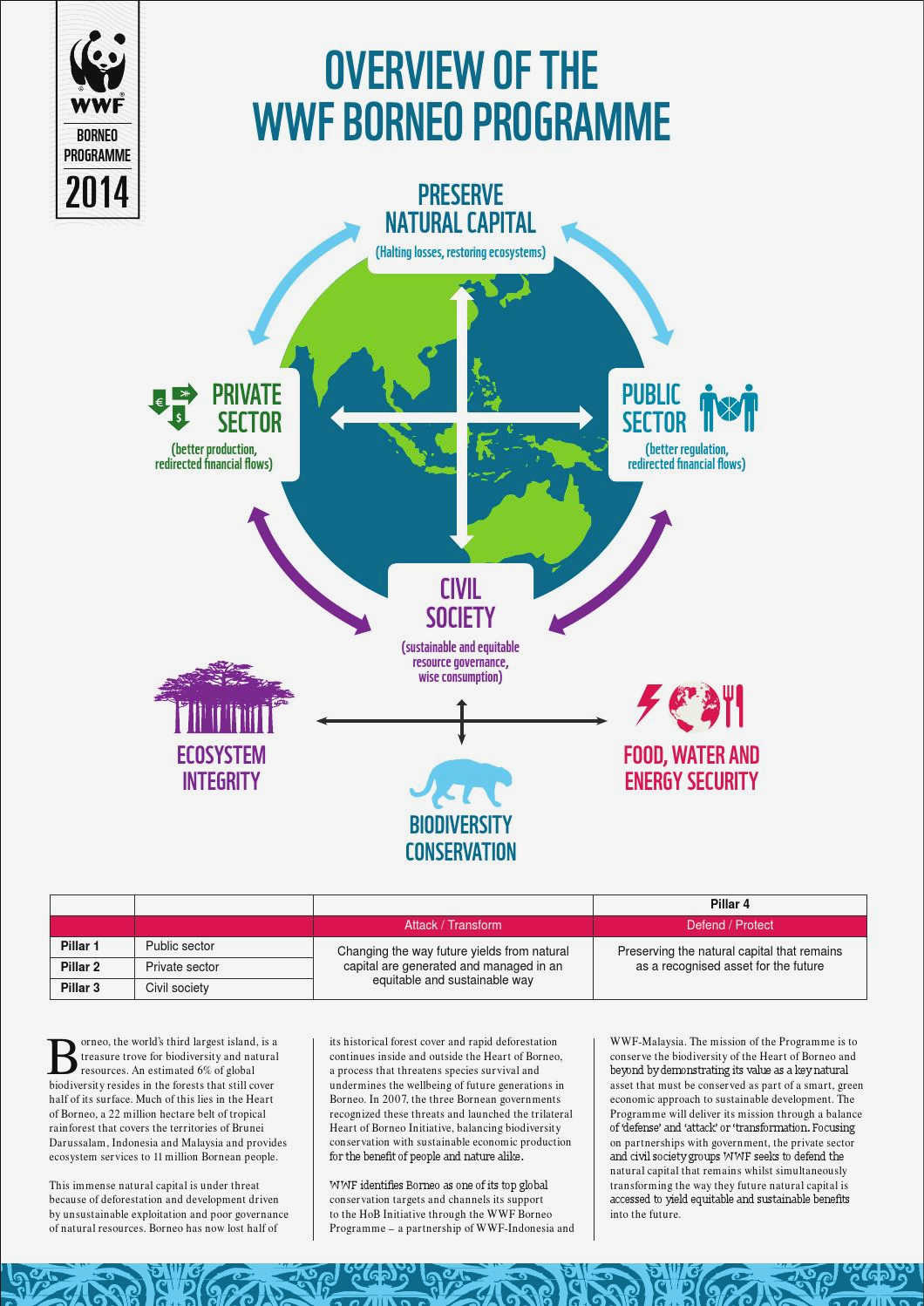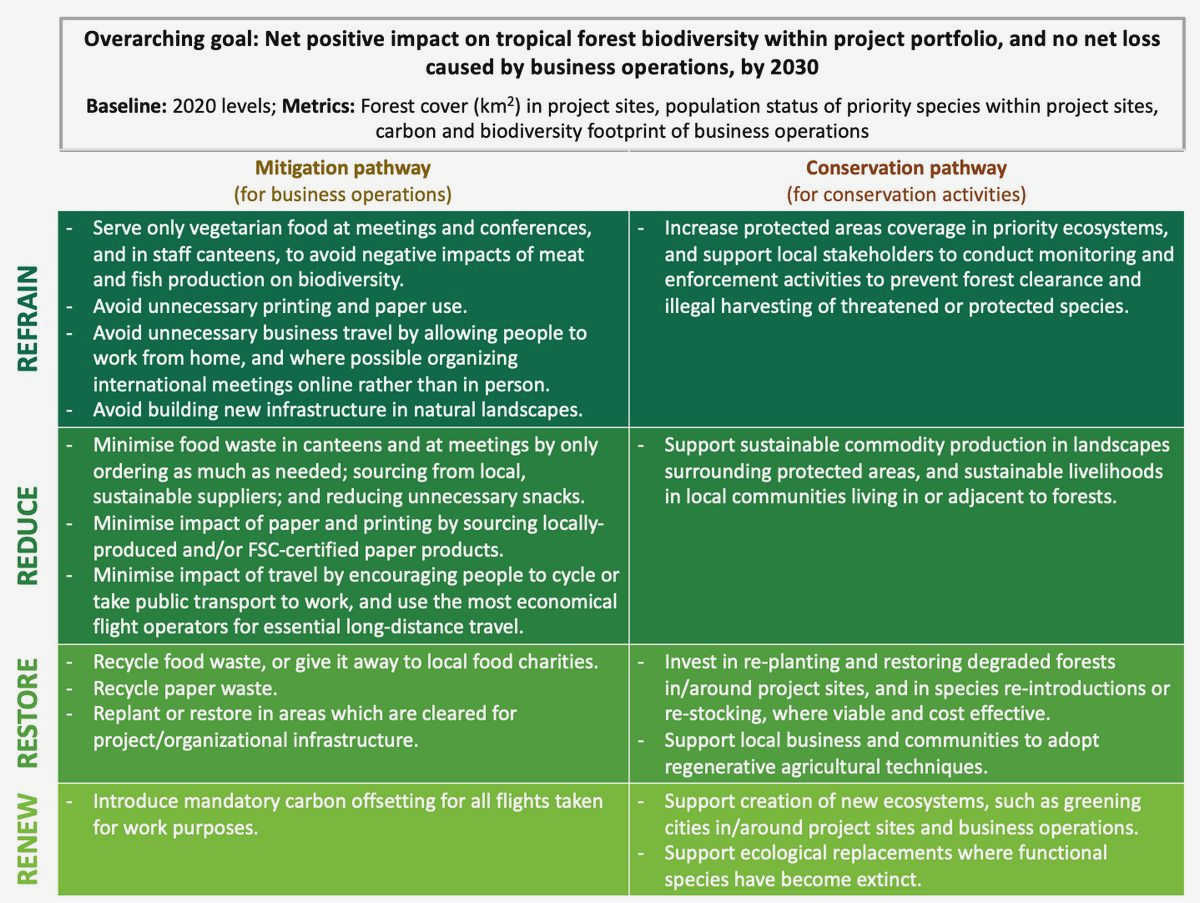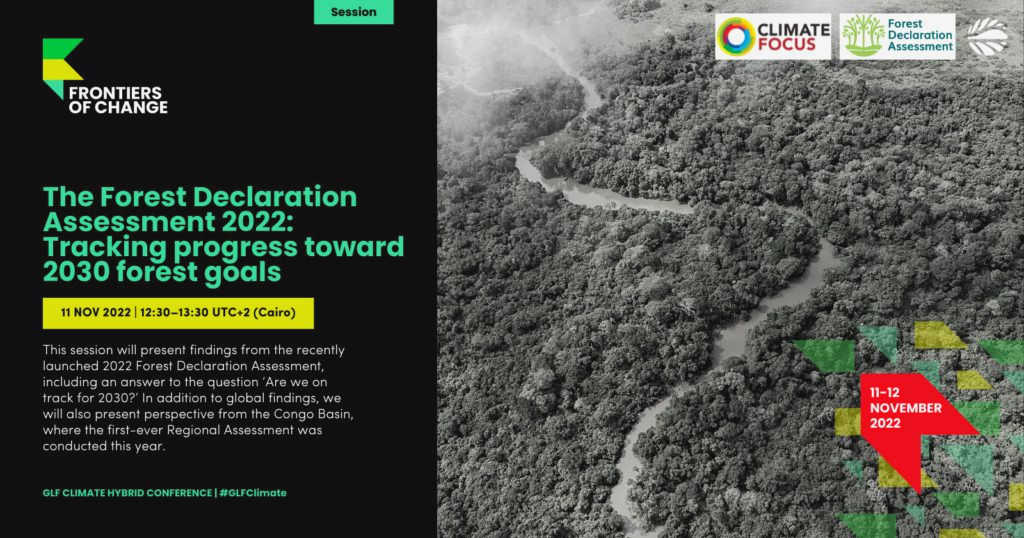In the face of increasing environmental challenges, civil society has emerged as a crucial force in driving global conservation efforts. Civil society refers to individuals, community-based organizations, and non-governmental organizations that are not affiliated with the government or for-profit entities. These actors play a vital role in promoting environmental sustainability and protecting natural resources.
One key way in which civil society is leading global conservation efforts is through advocacy and awareness campaigns. By raising public awareness about pressing environmental issues, these organizations are able to mobilize support and generate momentum for action. They often use various communication channels, including social media, grassroots campaigns, and public events, to amplify their message and engage with a broad audience.
Furthermore, civil society organizations are at the forefront of fieldwork and research, contributing to the scientific understanding of ecological challenges and helping to develop innovative solutions. They work closely with local communities and indigenous peoples, drawing on their traditional knowledge and expertise to implement sustainable practices and preserve biodiversity. Through collaborative efforts, civil society is able to bridge the gap between science and policy, ensuring that conservation strategies are evidence-based and effective.
Another crucial role of civil society in global conservation efforts is holding governments and corporations accountable for their environmental impact. By monitoring and documenting violations, advocating for stronger regulations, and challenging harmful practices, these organizations help to enforce environmental laws and promote corporate responsibility. Their work often involves legal action, public campaigns, and coalition-building, creating a powerful network of advocates committed to safeguarding the planet.
The Role of Civil Society in Global Conservation Efforts
Civil society plays a crucial role in global conservation efforts, complementing the actions of governments, international organizations, and businesses. With their grassroots approach and dedication to the preservation of natural resources, civil society organizations have been instrumental in raising awareness, advocating for policies, and implementing projects to protect the environment.

Advocacy and Awareness: Civil society organizations are at the forefront of raising awareness about pressing environmental issues, such as deforestation, climate change, and biodiversity loss. Through campaigns, educational programs, and media engagement, these organizations inform the public and policymakers about the urgent need for conservation action. Their advocacy work helps to shape public opinion, mobilize support, and put pressure on governments and businesses to take meaningful steps towards conservation.
Community Engagement: One of the key strengths of civil society in conservation efforts is their ability to engage local communities. These organizations work closely with indigenous peoples, local leaders, and marginalized groups to ensure that conservation initiatives are inclusive, respectful of traditional knowledge, and address the needs of the community. By involving communities in decision-making processes and providing them with sustainable alternatives, civil society organizations promote long-term conservation and enhance social and economic development.
Project Implementation: Civil society organizations often take the lead in implementing conservation projects on the ground. They work directly with local communities and partner with experts in fields such as biology, ecology, and resource management to develop and execute projects that protect and restore ecosystems. These projects may include initiatives like reforestation, habitat restoration, marine conservation, and sustainable agriculture. Through their hands-on approach, civil society organizations demonstrate the feasibility and effectiveness of conservation efforts.
Monitoring and Accountability: Civil society organizations play a vital role in holding governments and businesses accountable for their conservation commitments. They monitor and evaluate the progress of projects, ensure compliance with environmental regulations, and expose instances of illegal activities or environmental degradation. By acting as watchdogs, civil society organizations help maintain transparency, integrity, and ethical standards in global conservation efforts.
Partnerships and Networks: Civil society organizations foster partnerships and collaborations with governments, businesses, and other stakeholders to amplify the impact of conservation efforts. They participate in international conferences, negotiations, and forums to share knowledge, exchange best practices, and influence policy decisions. Through these networks, civil society organizations engage in global initiatives, contribute to the development of international conservation frameworks, and enhance the coordination and effectiveness of global conservation efforts.
In conclusion, civil society organizations play a critical role in global conservation efforts. Their advocacy, community engagement, project implementation, monitoring, and partnerships contribute to the protection of natural resources and the achievement of sustainability goals. The collective efforts of civil society, together with governments and other stakeholders, are essential in addressing the pressing environmental challenges our planet faces.
Promoting Environmental Awareness and Education
One of the key roles of civil society in global conservation efforts is to promote environmental awareness and education. Environmental awareness is essential for individuals to understand the importance of the environment and the impact that their actions can have on it. Civil society organizations play a crucial role in raising awareness about environmental issues through various means such as educational campaigns, workshops, and public events.
Education is a powerful tool in creating a sustainable future. Civil society organizations work to provide environmental education to individuals of all ages, from schoolchildren to adults. They develop educational programs and materials that focus on environmental conservation, climate change, and biodiversity. These initiatives aim to empower individuals with knowledge and skills to make informed decisions and take action for a more sustainable future.
Engagement is another important aspect of promoting environmental awareness. Civil society organizations often actively engage with communities, government officials, and businesses to spread their message and advocate for policies that are in line with environmental conservation. They organize community forums, public meetings, and debates to encourage dialogue and participation from a wide range of stakeholders.
Campaigns are another effective way civil society organizations promote environmental awareness. They use various communication channels, such as social media, television, and radio, to reach a wider audience and spread their message. Campaigns can focus on specific environmental issues, such as deforestation, pollution, or wildlife conservation, and aim to mobilize public support and action.
Collaboration is key in promoting environmental awareness and education. Civil society organizations often collaborate with other stakeholders, such as governments, businesses, and academic institutions, to leverage their resources and expertise. By working together, they can create more impactful initiatives and reach larger audiences, ultimately leading to greater environmental awareness and conservation efforts globally.
Advocating for Conservation Policies and Legislation
One of the key roles of civil society in global conservation efforts is advocating for the implementation of conservation policies and legislation. Civil society organizations, such as non-governmental organizations (NGOs) and grassroots movements, play a crucial role in influencing governments and international institutions to adopt and enforce effective conservation measures.
Through research, mobilization, and lobbying efforts, civil society organizations raise awareness about the importance of conservation and the need for policies that protect and preserve natural resources. They work to gather scientific evidence and data to support their cause, presenting it to policymakers and decision-makers to demonstrate the urgency and benefits of conservation policies.
The advocacy work of civil society organizations also involves engaging with local communities and indigenous peoples, who often have a deep knowledge and connection to their natural surroundings. By incorporating their perspectives and traditional knowledge, civil society organizations can advocate for policies that are both ecologically and culturally sensitive.
Furthermore, civil society organizations use their platforms to foster dialogue and collaboration between different stakeholders, including governments, businesses, and local communities. They facilitate discussions, organize workshops and conferences, and create spaces for meaningful engagement and exchange of ideas.
Overall, by advocating for conservation policies and legislation, civil society organizations help shape the global conservation agenda and ensure that the needs of both the environment and communities are considered in decision-making processes.
Mobilizing Communities for Change
Civil society plays a crucial role in conservation efforts, as it has the potential to mobilize communities and drive change at a grassroots level. By engaging people directly in conservation initiatives, civil society organizations can create a sense of ownership and empower communities to take action.

One way in which civil society mobilizes communities for change is through education and awareness campaigns. These initiatives aim to raise awareness about the importance of conservation and the need to protect natural resources. By providing information and resources, civil society organizations can empower individuals to make informed decisions and take responsibility for their actions.
Another approach is through community-based conservation projects. Civil society organizations work with local communities to identify and address conservation challenges specific to their region. This collaborative approach not only increases community involvement and ownership but also allows conservation efforts to be more effective and sustainable in the long run.
Civil society also plays a vital role in advocating for policy changes and influencing decision-making processes. By leveraging their networks and expertise, civil society organizations can push for legislation and regulations that promote conservation and sustainable practices. They also provide a platform for communities to voice their concerns and participate in decision-making processes.
In conclusion, civil society has the power to mobilize communities and lead global conservation efforts. Through education, community engagement, and advocacy, civil society organizations can empower individuals, create a sense of ownership, and drive positive change for the environment.
Collaborating with Indigenous Peoples and Local Communities
One of the key strategies employed by civil society in leading global conservation efforts is collaborating with indigenous peoples and local communities. These groups have relied on their deep knowledge and connection to the environment for centuries, making them valuable partners in conservation initiatives.
Respecting Traditional Knowledge: Indigenous peoples and local communities possess invaluable traditional knowledge about their lands, ecosystems, and wildlife. This knowledge, passed down through generations, includes detailed understanding of the behavior, migration patterns, and ecological needs of various species. Collaborating with these communities allows for the integration of this knowledge into conservation plans and strategies.
Protecting Indigenous Territories: Many indigenous peoples’ territories are located in areas rich in biodiversity. By collaborating with these communities, civil society organizations can support the protection and management of these territories, ensuring sustainable practices that preserve important habitats and species.
Empowering Local Communities: Engaging with local communities in conservation efforts not only helps protect the environment but also promotes socio-economic development. Civil society organizations work to empower local communities by providing training, resources, and opportunities for sustainable livelihoods, such as eco-tourism or sustainable agriculture. This ensures that conservation efforts are both ecologically and socially beneficial.
Conserving Cultural Diversity: Collaboration with indigenous peoples and local communities also helps to preserve cultural diversity. These communities often have rich cultural traditions and practices that are closely intertwined with their natural surroundings. By working together, civil society organizations can ensure the preservation of cultural heritage alongside conservation efforts.
Ensuring Indigenous People’s Rights: Collaborating with indigenous peoples and local communities also involves advocating for their rights and supporting their self-determination. Civil society organizations work towards inclusion, ensuring that indigenous communities have the right to make decisions about their lands and resources, and are recognized as key stakeholders in conservation efforts.
Overall, collaborating with indigenous peoples and local communities is a crucial aspect of global conservation efforts. By recognizing their traditional knowledge, protecting their territories, empowering local communities, preserving cultural diversity, and ensuring their rights, civil society organizations can lead more effective and sustainable conservation initiatives.
Engaging Youth in Conservation Activities
Engaging youth in conservation activities is essential for the future of our planet. Young people are the next generation of leaders and decision-makers, and it is crucial to involve them in efforts to protect and preserve the environment.
One way to engage youth in conservation activities is through education and awareness campaigns. By providing them with knowledge about the importance of biodiversity and the threats it faces, we can empower them to take action and make a difference. This can be done through school programs, workshops, and informational materials that are designed to capture and hold their attention.
Another effective strategy is to provide youth with opportunities to actively participate in conservation projects. By involving them in hands-on activities such as tree planting, habitat restoration, and wildlife monitoring, we can not only teach them valuable skills but also create a sense of connection and responsibility towards the environment.
The benefits of engaging youth in conservation activities are multi-fold:
- It helps develop a sense of environmental stewardship and responsibility at an early age.
- It can inspire creativity and innovation as young people come up with fresh ideas and solutions to conservation challenges.
- It encourages the development of teamwork and leadership skills as youth work together towards a common goal.
- It fosters a sense of empowerment and agency, showing young people that they have the ability to make a positive impact on the world.
- It creates a lasting connection with nature, instilling a love and appreciation for the environment that can last a lifetime.
Overall, engaging youth in conservation activities is not only crucial for the well-being of the planet but also for the personal and social development of young people. By involving them in the fight against environmental degradation, we are shaping a future generation that is passionate about and committed to protecting the Earth.
Harnessing the Power of Technology for Conservation
In the modern age, technology has become a powerful tool in the world of conservation. From satellite imagery to drones and artificial intelligence, these technological advancements have revolutionized the way we approach and tackle conservation challenges.
One of the most significant ways technology is being harnessed for conservation is through the use of satellite imagery. Satellites provide us with a bird’s-eye view of the planet, allowing us to monitor changes in land use, deforestation, and biodiversity hotspots. This data is invaluable in helping conservationists and researchers identify areas that require immediate attention and intervention.
Drones are another technological innovation that is transforming conservation efforts. These small unmanned aircraft can reach remote and inaccessible areas, providing a wealth of data and imagery. Drones can be used to survey and monitor wildlife populations, detect illegal activities such as poaching, and even deliver supplies to field researchers. Their agility and versatility make them an invaluable tool in conservation work.
Artificial intelligence (AI) is also playing a significant role in conservation efforts. AI algorithms can process vast amounts of data and identify patterns that might not be visible to the human eye. This technology can help identify and track endangered species, analyze changes in habitat, and even predict the future impact of climate change. By harnessing the power of AI, conservationists are able to make more informed decisions and develop more effective strategies.
In addition to these technological advancements, conservation organizations are also utilizing social media and crowd-sourcing platforms to engage and mobilize a global network of activists and volunteers. Through hashtags and online campaigns, individuals from all corners of the world can share their experiences, raise awareness, and contribute to conservation efforts.

In conclusion, harnessing the power of technology in conservation is enabling us to monitor and protect our planet more effectively. Satellite imagery, drones, artificial intelligence, and online platforms are just a few examples of how technology is revolutionizing the field. By embracing these innovations, we can work together to create a more sustainable and environmentally conscious future.
Supporting Sustainable Livelihoods for Local Communities
In the context of global conservation efforts, supporting sustainable livelihoods for local communities is crucial. It involves implementing strategies and initiatives that ensure the economic and social well-being of communities while also encouraging responsible use of natural resources.
Promoting Ecotourism
One effective way to support sustainable livelihoods for local communities is by promoting ecotourism. This involves encouraging visitors to engage in activities that minimize their impact on the environment and support local businesses. By highlighting the unique natural attractions and cultural heritage of an area, ecotourism can provide opportunities for local communities to showcase their traditions, sell locally made products, and offer services such as guided tours or accommodations.
Encouraging Sustainable Agriculture
Another important aspect of supporting sustainable livelihoods is promoting sustainable agriculture in local communities. This involves providing training and resources to farmers to adopt environmentally friendly practices, such as organic farming methods and water conservation techniques. By encouraging sustainable agriculture, communities can enhance their economic stability and food security, while also preserving the health of surrounding ecosystems.
Facilitating Access to Markets
Supporting local communities in accessing markets is essential for their sustainable livelihoods. This can be achieved by connecting local producers with regional or international buyers who value sustainable and ethically-produced goods. By creating market linkages, communities can sell their products at fair prices, increase their income, and create economic opportunities that help reduce their dependency on natural resource exploitation.
In conclusion, supporting sustainable livelihoods for local communities is a crucial aspect of global conservation efforts. By promoting ecotourism, encouraging sustainable agriculture, and facilitating access to markets, communities can thrive economically while preserving their natural environment. It is important for civil society to continue working together to implement and support initiatives that prioritize the well-being of both communities and the planet.
Strengthening International Partnerships for Conservation
In the face of growing environmental challenges, it is becoming increasingly important for countries to come together and collaborate on conservation efforts. Strengthening international partnerships is crucial to effectively address global issues such as deforestation, climate change, and wildlife trafficking. By working together, countries can share knowledge, resources, and best practices to develop comprehensive and coordinated approaches to conservation.
One way to strengthen international partnerships for conservation is through policy coordination and collaboration. Countries can work together to develop and implement policies that promote sustainable land use, reduce carbon emissions, and protect biodiversity. This can be done through agreements and treaties that establish common goals and guidelines for conservation efforts. By aligning their policies, countries can create a unified front and maximize their impact in addressing global environmental challenges.

Another important aspect of strengthening international partnerships for conservation is capacity building and knowledge sharing. Developing countries often lack the resources, expertise, and infrastructure necessary to effectively address conservation challenges. Through international partnerships, developed countries can provide technical support, training, and funding to help build the capacity of less developed nations. This can include sharing scientific research, implementing sustainable practices, and improving monitoring and enforcement systems.
Collaboration among civil society organizations and grassroots movements is also key to strengthening international partnerships for conservation. Civil society organizations play a crucial role in advocating for environmental protection and mobilizing communities to take action. By facilitating collaboration and knowledge exchange among these organizations, international partnerships can leverage the power of collective action and bring about meaningful change. Grassroots movements, with their local knowledge and connections, can also contribute to conservation efforts by raising awareness, conducting research, and implementing community-based conservation initiatives.
International partnerships for conservation can also be strengthened through financial contributions and investment. Developed countries can provide financial support to developing nations to support their conservation efforts. This can involve funding projects for reforestation, habitat restoration, and sustainable development. Additionally, international collaborations can attract private sector investment in conservation by creating incentives, promoting sustainable practices, and establishing mechanisms for public-private partnerships.
In conclusion, strengthening international partnerships for conservation is essential in addressing global environmental challenges. Through policy coordination, capacity building, collaboration among civil society organizations, and financial contributions, countries can work together to protect our natural resources and ensure a sustainable future for all.
Celebrating Successes and Inspiring Continued Action
Across the globe, civil society organizations have made significant contributions to global conservation efforts, leading to several notable successes. From protecting endangered species to preserving fragile ecosystems, these organizations have demonstrated the power of collective action in addressing environmental challenges.
One such success story is the conservation of the Amazon rainforest. Through the efforts of civil society organizations, illegal logging and deforestation have been significantly reduced, leading to the preservation of this vital ecosystem. The Amazon rainforest is home to countless species and plays a crucial role in regulating the Earth’s climate. By celebrating this success, we can inspire continued action to protect other threatened forests around the world.
Another noteworthy achievement is the increase in marine protected areas (MPAs) worldwide. Civil society organizations have played a pivotal role in advocating for the establishment of MPAs, which help conserve marine biodiversity and promote sustainable fishing practices. These protected areas provide a refuge for marine species, allowing populations to recover and ecosystems to thrive. By highlighting the success of MPAs, we can encourage governments and communities to establish more protected areas and strengthen their conservation efforts.
Additionally, civil society organizations have made significant strides in raising awareness about the harmful impacts of plastic pollution. Through campaigns, education initiatives, and community-led clean-up efforts, these organizations have brought attention to the urgent need for reducing single-use plastics and developing sustainable alternatives. By celebrating their achievements in tackling plastic pollution, we can inspire individuals and businesses to take action and adopt more environmentally-friendly practices.
As we celebrate these successes, it is important to remember that there is still much work to be done. The challenges facing global conservation efforts are complex and multifaceted. However, by highlighting the achievements of civil society organizations, we can inspire continued action and create a momentum for change. Together, we can build a more sustainable future for our planet.





